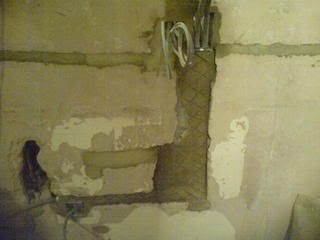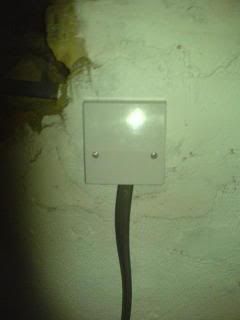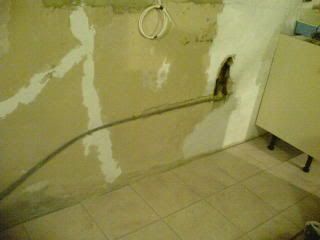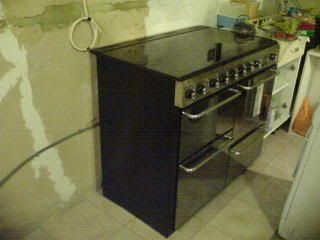I'm going to be chasing a couple of cables in and I have got a few questions to ensure that I do it in accordance with general good practice.
1. What size conduit is recommended for 2 off 2.5sq mm twin and earth cables? Is 25X10mm ok to use?
2. I have seen is stated somewhere that conduit runs should be sealed, so whats the practice where there is an elbow needed?
3. Is it usual practice to put an open grommet in the holes in the back boxes where the cables come through? - I'm guessing so to stop the cable insulation getting damadged.
4. The Earth is currently connected to the face of the socket only in the surface mount setup. As I am converting to melal back box do I need to jumper the earth across or can I leave the connection through the screw hole to handle that?
5. Do you normally stop the conduit at the top of the wall or does it need to go through the ceiling board so that it is flush with the top of the ceiling boards.
1. What size conduit is recommended for 2 off 2.5sq mm twin and earth cables? Is 25X10mm ok to use?
2. I have seen is stated somewhere that conduit runs should be sealed, so whats the practice where there is an elbow needed?
3. Is it usual practice to put an open grommet in the holes in the back boxes where the cables come through? - I'm guessing so to stop the cable insulation getting damadged.
4. The Earth is currently connected to the face of the socket only in the surface mount setup. As I am converting to melal back box do I need to jumper the earth across or can I leave the connection through the screw hole to handle that?
5. Do you normally stop the conduit at the top of the wall or does it need to go through the ceiling board so that it is flush with the top of the ceiling boards.








